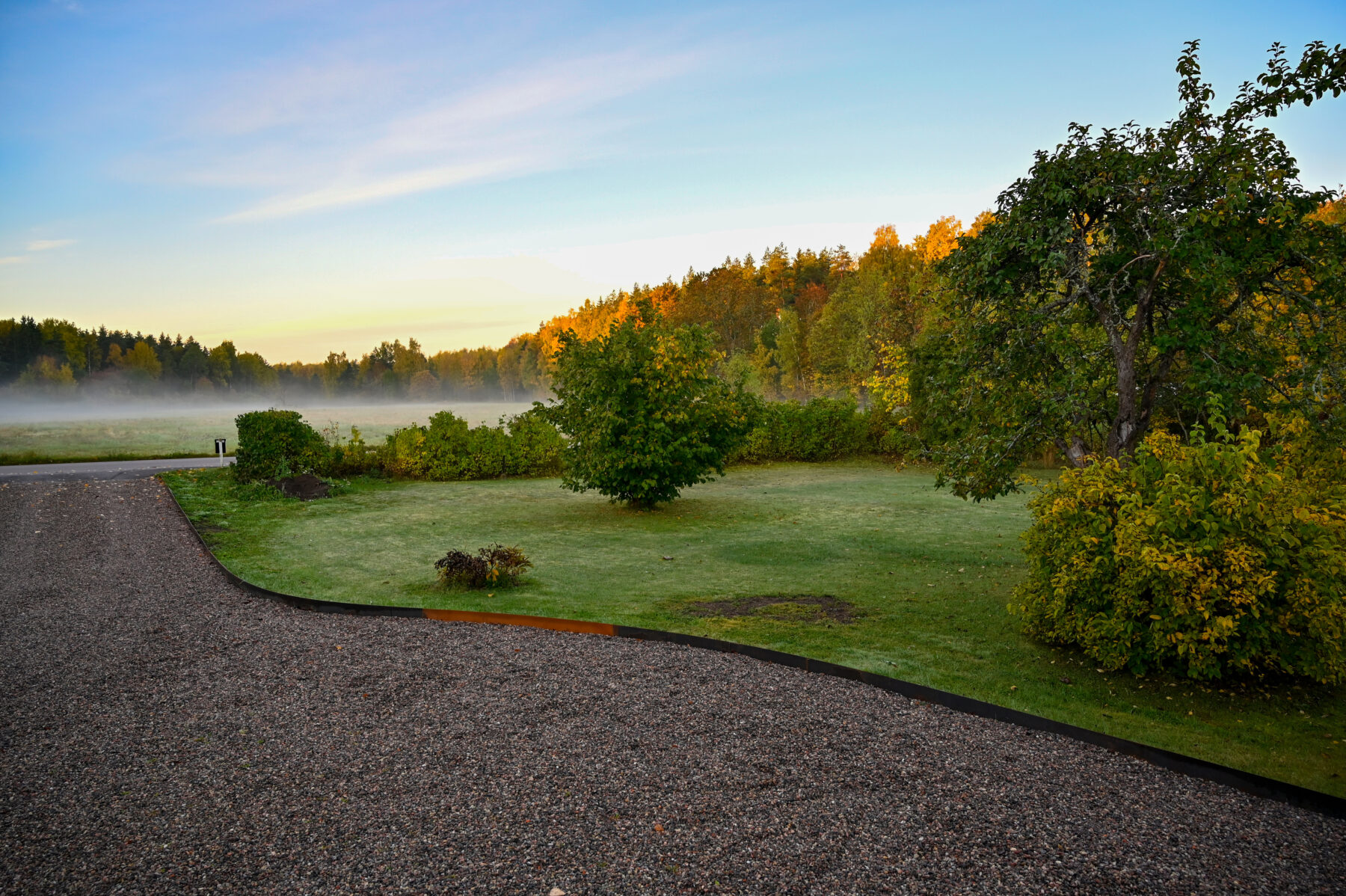Gravel Driveway Maintenance: Spring Tips for a Smooth and Durable Surface
April 30, 2025

Winter leaves an unavoidable mark on gravel driveways. As the snow clears, uneven patches, scattered stone, and worn areas start to show. Spring brings the right conditions to smooth out the surface, tighten the structure, and return the driveway to its pre-winter condition. Attention and detail here mean months of utility and aesthetics ahead.
Assessing the Surface After Winter
Spring maintenance begins with a good assessment. Once the snowmelt has cleared, it’s easier to spot trouble areas. Potholes, ruts, and washouts can compromise the gravel’s performance, and standing water often points to deeper drainage concerns.
Walking the length of the driveway allows for a closer look at how well the gravel has persisted. Areas where vehicles regularly turn or brake often see the most wear. Noting these spots early on makes it easier to prioritize repairs and prevents the damage from spreading once regular traffic resumes.
Regrading for a Stronger Foundation
After a long winter, gravel often shifts and compacts unevenly. A fresh regrade reestablishes the driveway and restores the gentle slope from the center to the edges that directs water runoff where it belongs.
Using a landscaping rake or, for larger driveways, a mechanical grader helps pull gravel from the edges back toward the middle, filling low spots naturally. The goal is to restore an even, slightly raised center, discouraging puddles and erosion. Paying attention to the edges is just as important. Loose gravel spilling into surrounding areas can be gathered and reincorporated into the main path, keeping the driveway clean and contained.
Filling Potholes and Ruts the Right Way
Surface damage, if left alone, quickly leads to deeper problems. Spring is the ideal time to address potholes and ruts before they expand.
Effective pothole repair starts by clearing the damaged area of loose debris. Adding fresh gravel alone won’t solve the issue. Instead, the base needs to be refilled and compacted carefully to match the surrounding surface. Layering gravel in small amounts and compacting it as each layer is added ensures a strong, lasting repair. Skipping this step often results in the same pothole reappearing after a heavy rain.
Refreshing the Gravel Layer
Even with good maintenance, gravel naturally sinks into the base layer over time, and regular top-offs keep the surface level and resilient.
In spring the ground is still settling from winter, making it easier to incorporate new material that bonds well with the existing driveway. Choosing gravel that matches the original type in size and composition helps maintain a consistent look and feel. Spreading a new layer evenly across the entire surface, then compacting it thoroughly, breathes new life into a driveway without the need for a complete overhaul.
Improving Drainage for Long-Term Results
A gravel driveway persists when water is diverted appropriately. Pooling or standing water wears down the surface and softens the base, laying the groundwork for larger problems over time.
Clearing ditches, opening side channels, and checking culverts keeps water diversion intact. In some cases, cutting in a shallow swale along the edge is enough, without committing to significant work. These small adjustments keep water from undermining all the work put into repairs and resurfacing.
Spring maintenance sets the tone for the rest of the year. Addressing minor issues before they have a chance to grow preserves the investment made in a gravel driveway and helps it stay functional and attractive through the warmer months and beyond. A little attention each spring keeps surfaces smooth, durable, and ready for whatever the next season delivers. For those planning bigger updates or fresh installations, choosing quality gravel and following best practices from the beginning makes future maintenance even easier to manage.

